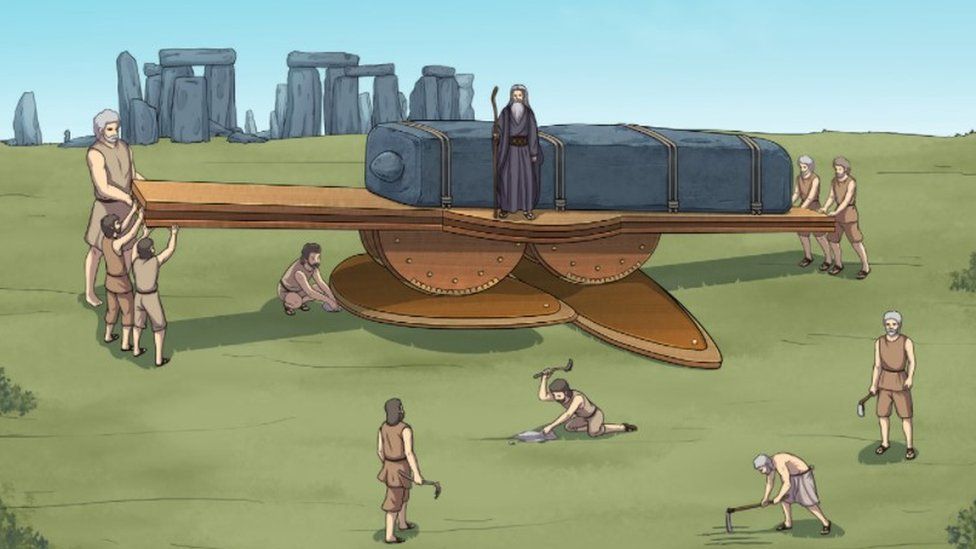News Desk

Technology can help indigenous communities to significantly curb deforestation, according to a new study. Indigenous people living in the Peruvian Amazon were equipped by conservation groups with satellite data and smartphones.

For almost 2 decades, genomes isolated from fossils have galvanized the study of human evolution. Yet despite vast improvements in retrieving and analyzing that DNA, researchers have deciphered whole genomes from just 23 archaic humans, 18 of them Neanderthals. This week, however…

In addition to being found naturally in animal tissues, including the human brain, N,N-dimethyltryptamine (DMT) is the primary hallucinogenic compound found in the psychedelic brew known as ayahuasca.

Scientists at the University of Southampton have discovered that changes in Earth’s orbit may have allowed complex life to emerge and thrive during the most hostile climate episode the planet has ever experienced.

Climate change has already increased the frequency and severity of hurricanes and other extreme weather events around the world. — But there’s a smaller, less splashy threat on the horizon that could wreak havoc on America’s coasts.

A large body of research indicates that egocentrism shapes moral judgments. Now, new research indicates that people not only prefer moral decisions that benefit them, some people — particularly those with high collective narcissism — also display a bias towards moral decisions that benefit their group.

Early work by UK scientists indicates the Winchcombe object dates back to the very beginning of the Solar System, some 4.6 billion years ago.

As far as we currently know, there is a single expanding blob of spacetime speckled with trillions of galaxies – that’s our Universe. If there are others, we have no compelling evidence for their existence.

The latest push in the burgeoning psychedelic industry is to lose the whole pesky “psychedelic” element, and it has a surprise backer in the late Bob Marley.

A study published in the International Journal of Drug Policy asked psychedelic drug users to share their experiences with drug use, and particularly, their experiences with “bad trips.”

A chess-sized piece of bone crafted before modern humans are believed to have arrived in the area sparks questions about artistic expression beyond Homo sapiens.
Image from: Fährtenleser (Wiki Commons)

It is a mystery that has confounded experts for centuries – how were huge stones transported 180 miles (290km) from the Preseli Hills to Stonehenge?

A new study suggests that prehistoric elephants like the mastodon and woolly mammoth were wiped out by waves of extreme global environmental change, rather than being hunted to extinction by early humans.

Dinosaurs were facing a crisis even before the asteroid hit, with extinctions outpacing the emergence of new species — a situation that made them “particularly prone to extinction,” a new study suggests.

Denisova Cave in southern Siberia is a site where conditions allowed for the preservation of ancient human fossils and DNA in fragments of bone, hair and faeces, some going back 300,000 years. Richard Roberts and colleagues from Germany and Russia have analysed DNA from sediments and shown which ancient humans were there at what times.
Image from Nerika (Wiki commons)

Despite their illegality and a tendency among the media and politicians to demonize their use, psychedelics have been shown to have transformative effects on individuals suffering from mental health problems, including depression and anxiety.








